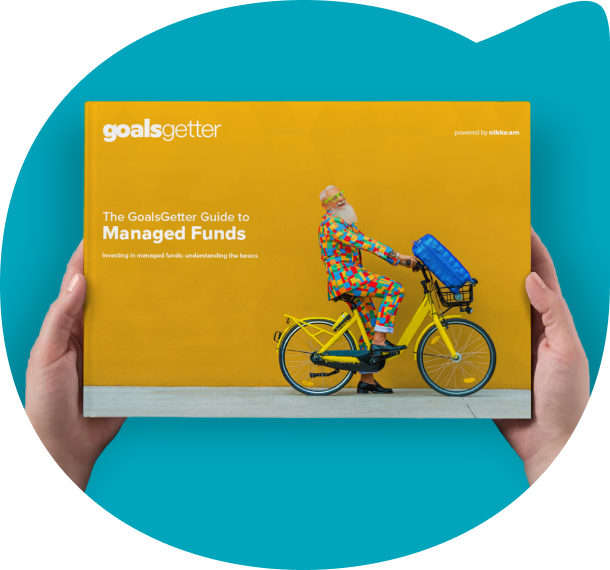12 Dec 2019
Timing right to borrow our way to a stronger economy
A recent Bloomberg article estimated that a decade of low interest rates and asset purchases by global central banks has left the world with a record US$250 trillion of government, corporate and household debt. To put it another way, this debt mountain equates to approximately US$32,500 for every man, woman and child on earth.
Ever since the GFC, policy makers have sought to restore economic health and stimulate growth through a suite of tactics that all share a single common denominator. Debt. Rock bottom interest rates have been instrumental not only in keeping this debt serviceable, but encouraging further borrowing, thus pushing the debt mountain peak ever higher.
As debt levels increase, economies and the people and organisations operating within them simply cannot afford higher debt servicing costs associated with higher rates. Indeed, the increasing debt load is one reason why interest rates should remain low and support the stretched valuations of property, infrastructure and equity market assets into 2020 and beyond.
Even if debt is cheap, it can often be tough to escape from once the load becomes too heavy. Solid economic growth and inflating asset prices are often the easiest ways out, but unfortunately these are not always forthcoming. The good news for us is that New Zealand may be one of the lucky countries that can increase debt levels to invest in our future to provide a growth dividend that will ultimately pay off the increased debt burden; our escape route coming in the form of the Government’s well-timed infrastructure programme.
With interest rates close to all-time lows and Government net debt to GDP around 20%, the country can afford to borrow and invest. In reality, credit rating agencies don’t pay too much attention to the 20% figure, which is more a political waterline, and will be relaxed about increased borrowing so long as the money is spent wisely. Furthermore, bringing forward the added stimulus of infrastructure spend will possibly turbo charge a domestic economic recovery and increase growth momentum that was already looking increasingly likely to build as 2020 progressed.
This could bring both good and bad news for investors. The bad news is that at 1% we have possibly reached the low point for the OCR and we shouldn’t expect further significant interest rate cuts. This means that lower rates are not going to drive additional gains for risk-oriented assets. Equity, property and infrastructure asset prices reached new heights in 2019, rising on the back of falling rates that made share buy backs and merger and acquisition activity more affordable, funded by record levels of corporate bond issuance. Company earnings were also boosted by cost savings as debt was refinanced at cheaper and cheaper levels. While still with us, these themes that pushed asset valuations will become far less powerful over the next few years.
The good news though is that the stimulus provided by low interest rates is not going to be withdrawn anytime soon. Even if growth surprises on the upside and inflation increases, we believe the Reserve Bank will run with the stimulatory settings for a prolonged time period.
The cost of financing will continue to be affordable to most, especially organisations that can access debt capital markets and issue bonds to yield hungry investors. Mortgage lending will still be attractive, however the losers may be the SMEs and highly indebted pockets of rural NZ who rely on bank lending. They may face paying higher lending margins as banks progressively move into more selectively pricing their loan books.
Here’s our pick of what to expect over a stable and strengthening 2020 and beyond …
- Short term interest rates will stay low and stable.
- Longer term rates will be more volatile - however any increases will be modest as global economies will struggle under the burden of higher rates.
- The NZ economy will have a strong finish to 2020 as monetary and fiscal stimulus combine with strong commodity and export prices to give incomes and confidence levels a boost.
- Auckland residential property prices will join the regions in growing strongly, which should add to confidence levels and stronger retail spending.
- Financial market volatility around the US Presidential election, but not around the NZ election.
- A more diverse range of NZ organisations will issue corporate bonds as bank debt becomes more expensive.
- Equity and property prices will remain at elevated levels and move higher as more investors look for alternatives to low interest rate returns.
- The NZ dollar will stabilise and move higher as the economy improves later in 2020 and 2021.
Nikko Asset Management New Zealand Limited (Company No. 606057, FSP22562) is the licensed Investment Manager of Nikko AM NZ Investment Scheme, Nikko AM NZ Wholesale Investment Scheme and the Nikko AM KiwiSaver Scheme. This material has been prepared without taking into account a potential investor’s objectives, financial situation or needs and is not intended to constitute personal financial advice, and must not be relied on as such. The Product Disclosure Statements are available on our website: https://www.nikkoam.co.nz./invest/retail.





